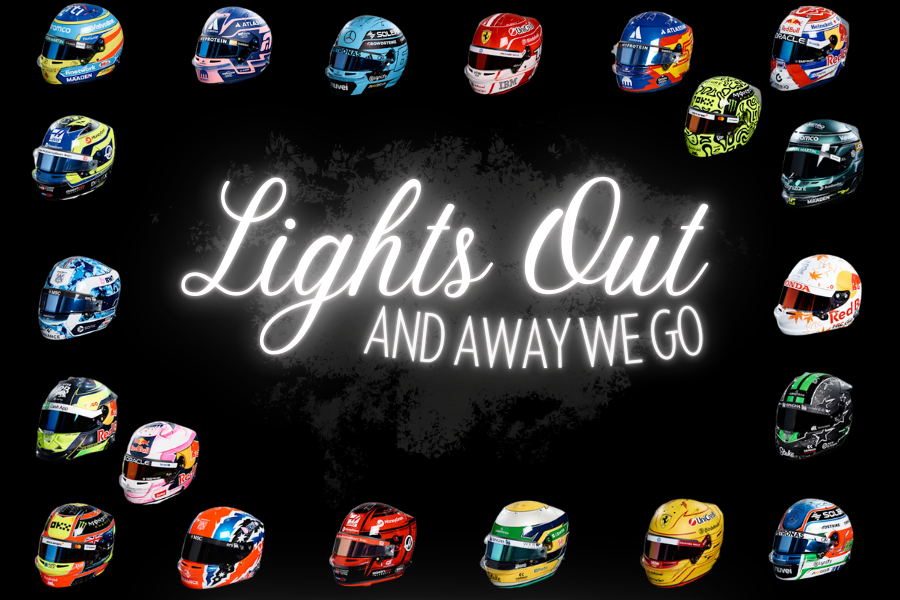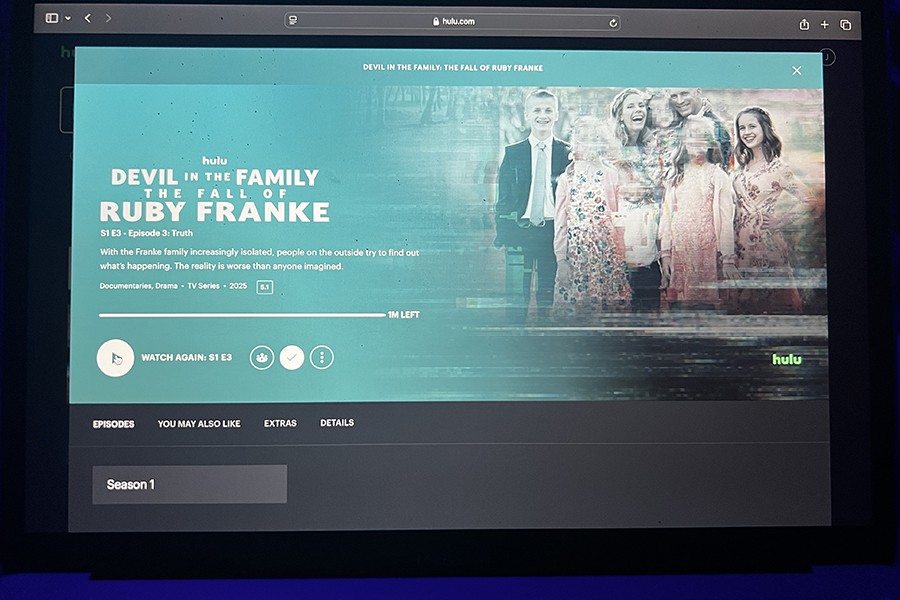Hope. The word has become a crucial part of an iconic symbol from the recent election. Every US citizen knows the Warhol-style poster with President Obama’s face looking off into the distance with the word “hope” in all caps below. The poster became a vital force behind Obama’s campaign and original copies of the painting are now being auctioned off, some for as much as $180,000. However, the money Shepard Fairey, artist of the painting, earned from the auction will soon belong to the Associated Press (AP) if the news network gets its way.
Fairey’s “Hope” is modeled after a picture taken by the AP of Obama in a similar pose. Now, after the poster’s popularity has reached epidemic proportions across the globe, AP is filing a lawsuit, claiming the rights to the poster and demanding a portion of the profit. Fairey has refused, and rightly so.
Here’s a similar, but more relatable situation for you: You’re hanging out with you friends when you decide to videotape yourselves, doing parkour or goofing off or whatever. That night you go home, edit the video and put in some background music from your favorite artist. You post your little video on Youtube and Facebook to share with your friends, but in the process the video goes viral and it suddenly gets a lot of attention from bloggers, surfers, websites, even the press. Now people want to buy your video or your services and you’re just happy to get some dough for gas or college or that new iPod. And then the phone call comes. You’re being sued by the artist whose music you used for copyright infringement.
Technically you’re a criminal, facing criminal charges for a harmless video of your friends for which you received no profit originally. Now, the question is, should you be? My answer: absolutely not.
There is this little thing called the “Fair Use Act” which should protect Fairey. Fair Use protects citizens from being unjustly persecuted for basing off or using pieces of a work for educational or nonprofit purposes. However, even the US Copyright Office sees the line between Fair Use and Copyright Infringement as “unclear.” Many look at the product under consideration and try to determine if it is a changed product, with specific influence from the creator, or if is a copy with little difference between the original and the new product. Obviously, Fairey’s poster was not a copy, or else the AP would have known that the product was based on their picture, without Fairey having to tell them. If you want to get picky about it, then every artist who bases their work of something else must be sued; everything from Andy Warhol’s “10 Marilyns” – based on a picture of Marilyn Monroe – to Da Vinci’s “The Last Supper” – based on a scene in the Bible – is up for lawsuit grabs.
Fair Use should be used to protect a person’s artistic influence. Humans are just not original; everything we create is inspired by something else. Fairey’s painting is not the AP’s work, but merely inspired by it, and no artist should be punished for their inspiration, or else there would be no art.
What this whole lawsuit, and the majority of all lawsuits, boils down to is money. The AP had no problem with Fairey’s work, until he started receiving money for his work. Then the corporate greed took over. Notice how the AP is not telling Fairey to cancel production of his work, but instead demanding cuts from his profits. If they were really upset about the damage done by basing a piece of art off of their picture, they wouldn’t allow Fairey to continue making his paintings at all. No. It’s all about the money. And if we don’t stand up for our right to be inspired, then there is no hope for Fairey; there is no hope for any of us.


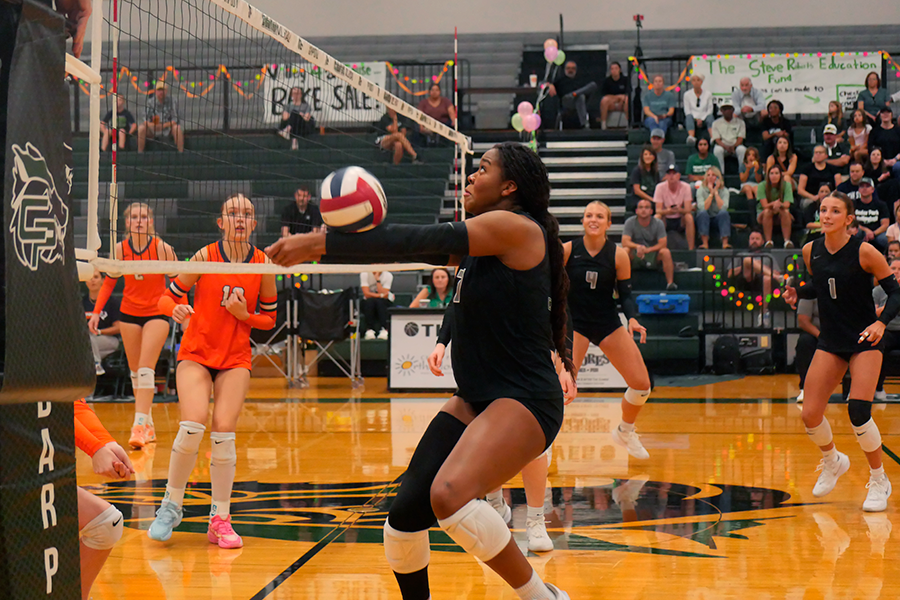
![Jumping off the ground, senior linebacker Bennett Patton snatches the ball out of the air for an interception at Thursday’s game against Chaparral. Patton had two interceptions in the 56-14 victory, tying the school record for interceptions in a game. “I was just playing the game,” Patton said. “[I’m] going to go into next week, forget about it and stay humble.” Photo by Harper Chapman](https://cphswolfpack.com/wp-content/uploads/2025/09/bennett-interception.jpg)
![The fire department came to the school after students were evacuated when smoke started coming from the ceiling of a classroom. All students and staff are safe. “All of my friends left their stuff too, so we couldn’t contact our parents, and it was stressful,” senior Brynn Fowler said. “It was scary because I didn’t know [what was going on], and I couldn’t find anyone because it was a big crowd.” Photo by Anthony Garcia](https://cphswolfpack.com/wp-content/uploads/2025/09/firetruck.jpg)
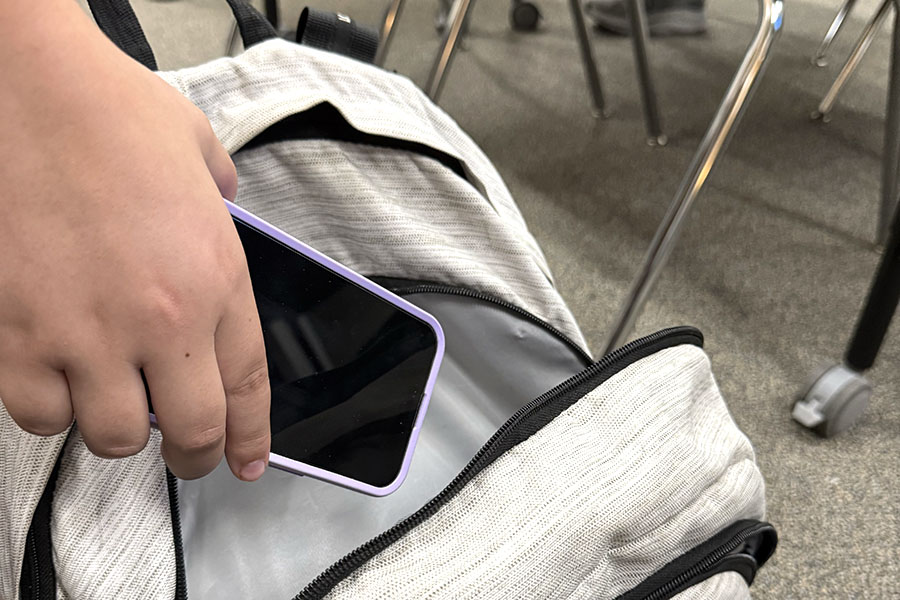

![Sitting with her friend senior Sohpia Struve at last year’s Austin City Limits Festival, senior Ava Zuniga poses for a picture under a pavilion. They are frequent attendees at ACL, an annual music festival at Zilker Park. “I would recommend seeing a bunch of people,” Zuniga said. “This past year, we camped out for Chappell [Roan] for a really long time. I think the whole point of ACL, [which] is a lot of fun, is that you can go see so many different people, even if you don’t know them. So by camping by one person, it really limits yourself from being able to go see a bunch of people.” Photo courtesy of Ava Zuniga](https://cphswolfpack.com/wp-content/uploads/2025/10/EE9E9484-FE6F-4AA0-B5F5-0C177AB32841-1200x857.jpeg)
![Broadcast, yearbook and newspaper combined for 66 Interscholastic League Press Conference awards this year. Yearbook won 43, newspaper won 14 and broadcast took home nine. “I think [the ILPC awards] are a great way to give the kids some acknowledgement for all of their hard work,” newspaper and yearbook adviser Paige Hert said. “They typically spend the year covering everyone else’s big moments, so it’s really cool for them to be celebrated so many times and in so many different ways.”](https://cphswolfpack.com/wp-content/uploads/2025/05/edited-ILPC.jpg)


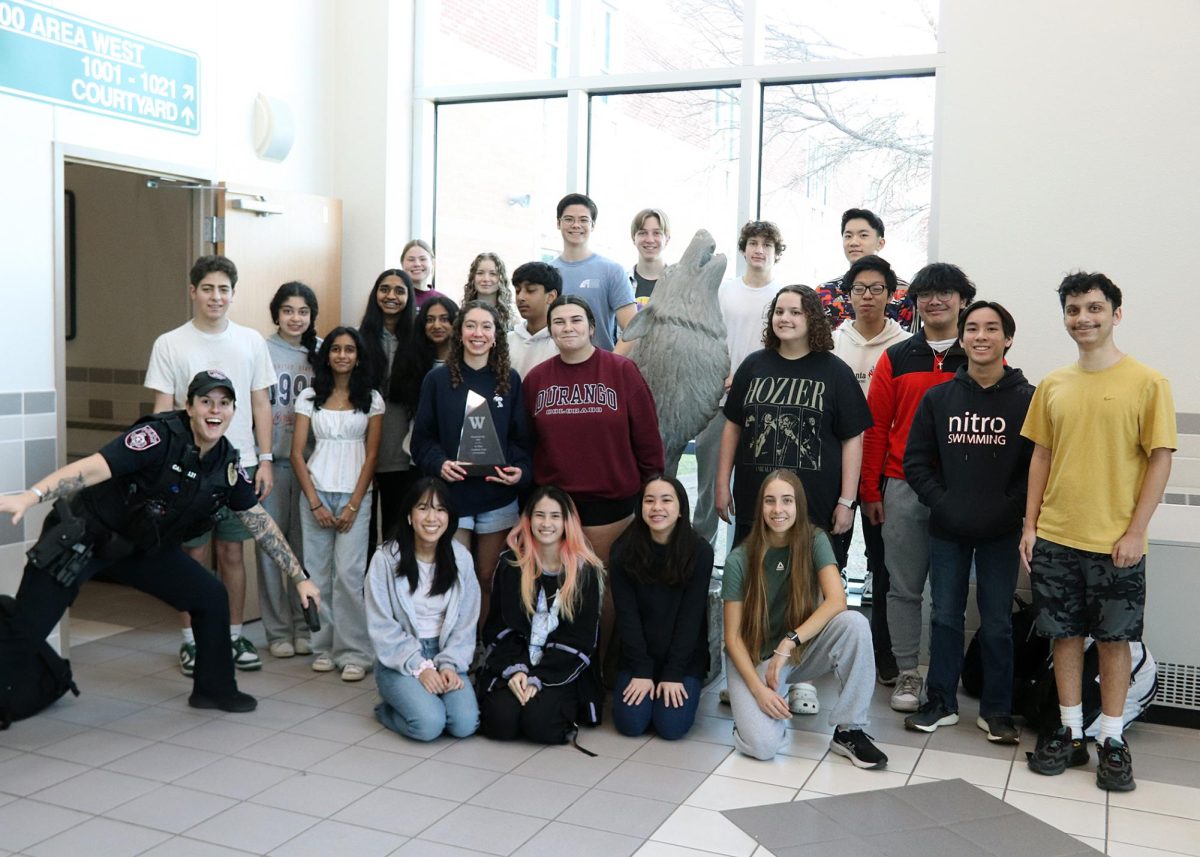

![Looking down at his racket, junior Hasun Nguyen hits the green tennis ball. Hasun has played tennis since he was 9 years old, and he is on the varsity team. "I feel like it’s not really appreciated in America as much, but [tennis] is a really competitive and mentally challenging sport,” Nguyen said. “I’m really level-headed and can keep my cool during a match, and that helps me play a bit better under pressure.” Photo by Kyra Cox](https://cphswolfpack.com/wp-content/uploads/2025/09/hasun.jpg)
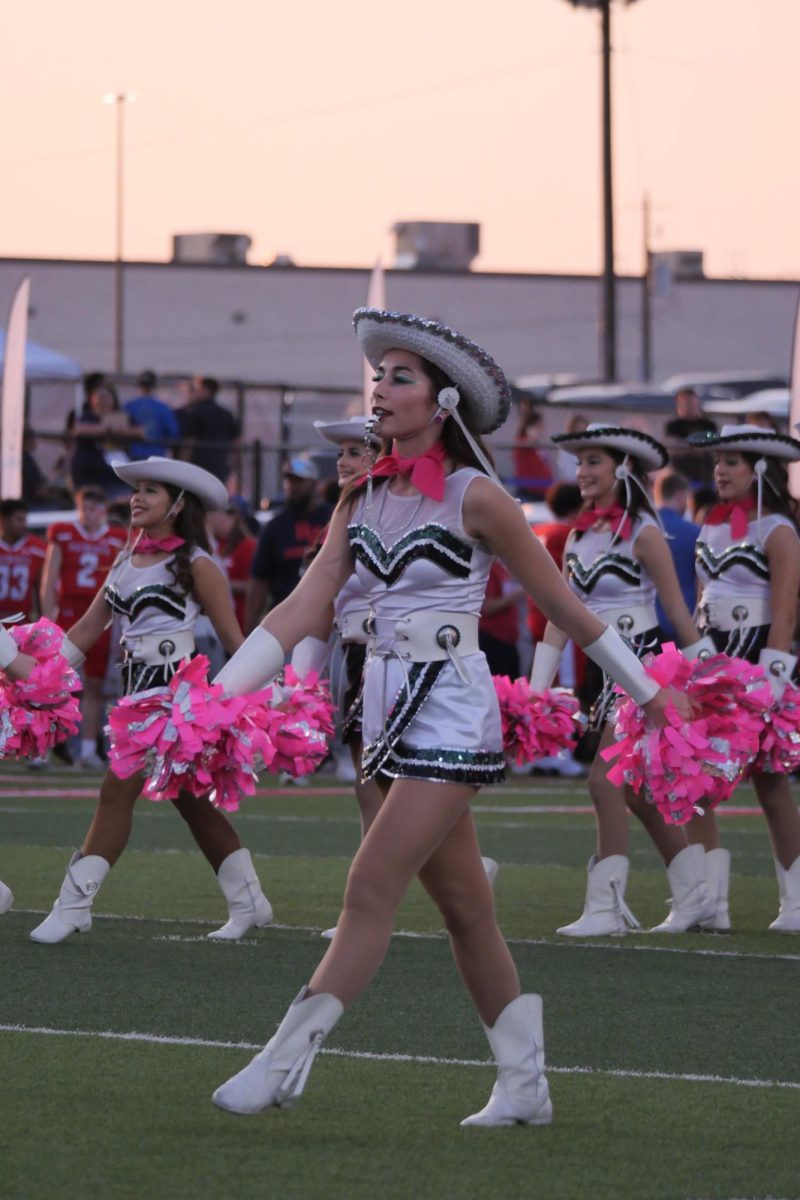

![Bringing her arm over her head and taking a quick breath, junior Lauren Lucas swims the final laps of the 500 freestyle at the regionals swimming competition on date. Lucas broke the school’s 18-year-old record for the 500 freestyle at regionals and again at state with a time of 4:58.63. “I’d had my eye on that 500 record since my freshman year, so I was really excited to see if I could get it at regionals or districts,” Lucas said. “ State is always a really fun experience and medaling for the first time was really great. It was a very very tight race, [so] I was a bit surprised [that I medaled]. [There were] a lot of fast girls at the meet in general, [and] it was like a dogfight back and forth, back and forth.” Photo by Kaydence Wilkinson](https://cphswolfpack.com/wp-content/uploads/2025/03/Kaydence-2.7-23-edit-2.jpg)
![As the support team sits and poses for a photo in the cafeteria with the counseling team they eagerly wait to start their day. "We [all] seem to be a team, I get up every day and there's days where I don't want to go to work today, but I'm thankful that I have a job and I'm blessed to have what I have," Christopherson said. Photo Courtesy of Julie Weltens.](https://cphswolfpack.com/wp-content/uploads/2025/01/AF9E8470-10D7-4C91-BF28-EC8F86BAB66C-1200x852.jpeg)
![Officer Stephanie Cash is in her second year as an SRO at CPHS. “Seeing [students] grow over the years has been kind of cool,” Officer Cash said. “Freshmen that [are] all over the place and then in the next couple of years get a little more squared away and go to class and do work and start thinking about the future. Being a part of a student's growth is the best way to measure my success as an SRO.” Photo Courtesy of Cedar Park Police Department's PIO, Alicia Gallagher.](https://cphswolfpack.com/wp-content/uploads/2024/12/CPHS-SRO-900x1200.jpg)
![As he sprints with the ball, senior running back Trae Hill breaks a tackle during Friday’s 35-14 loss against the Vandegrift Vipers. Hill ran for 135 yards and two touchdowns during the game. “[Scoring] was electric,” Hill said. “It always feels good to score, but the O-line did everything.”](https://cphswolfpack.com/wp-content/uploads/2025/09/IMG_0795allie.varfb_-1200x799.jpg)



